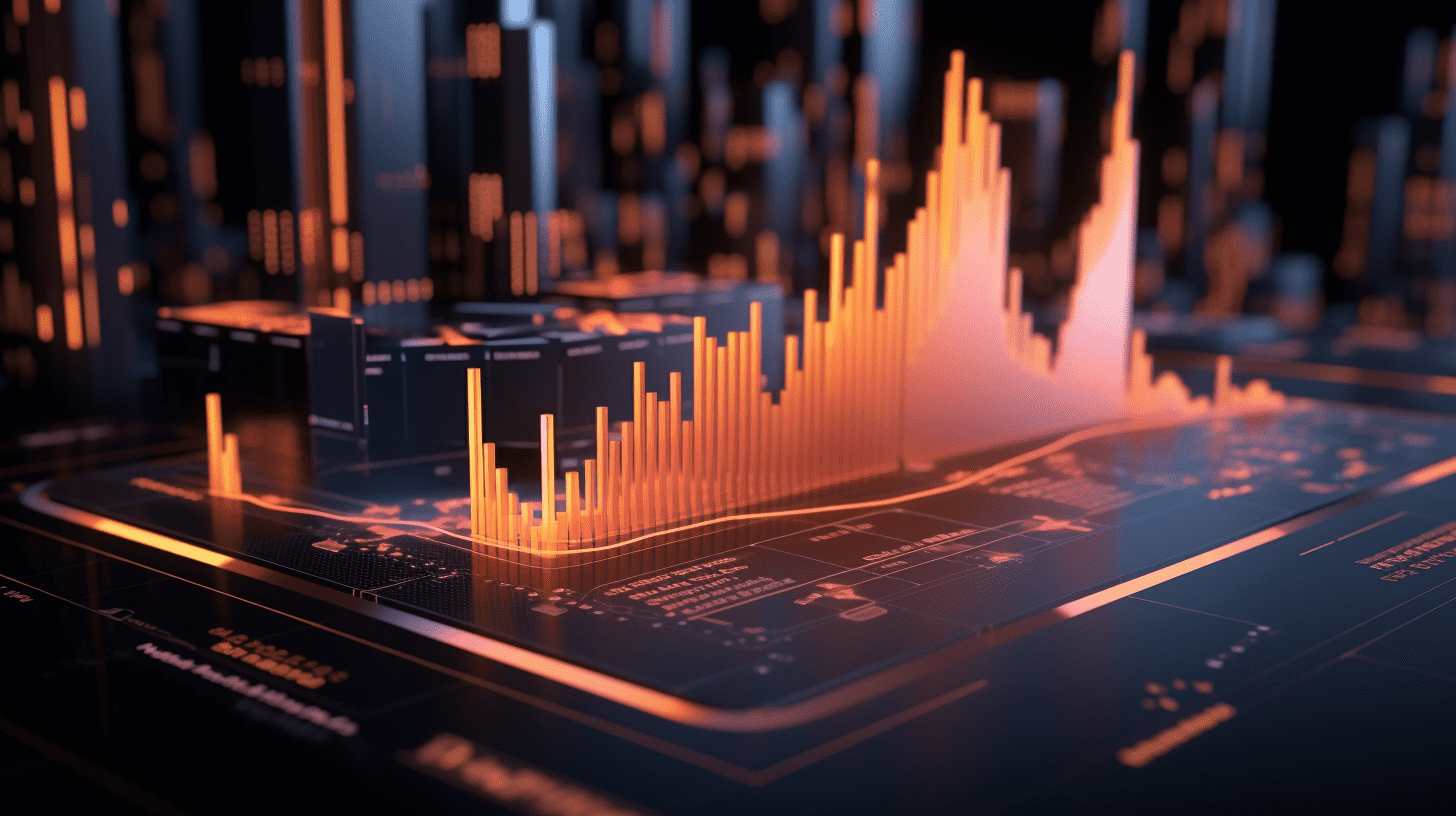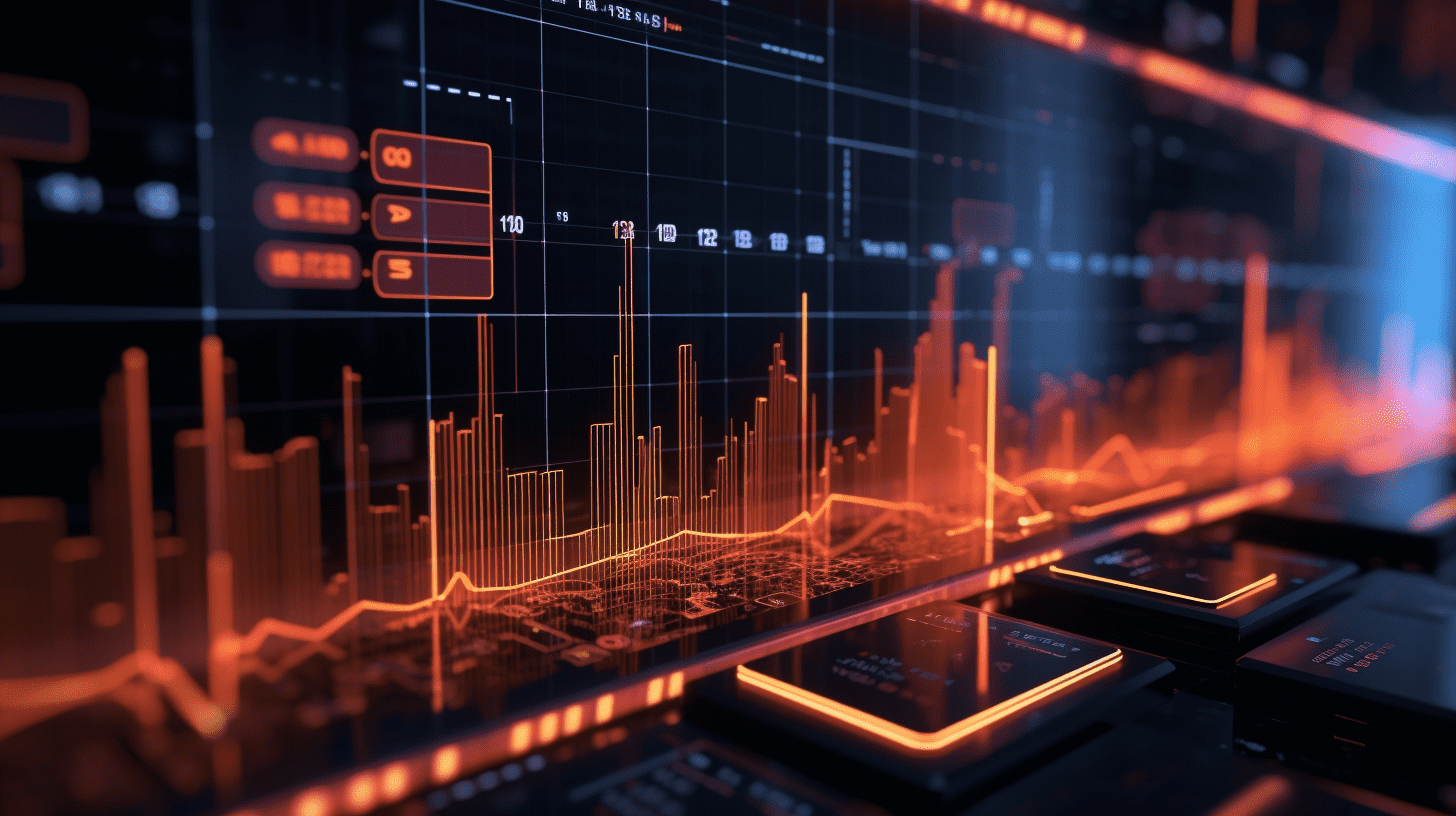Zhongjin: The Road to Value Enhancement of Regenerated Aluminum
Urban Mining Series Report
Golden Securities released a research report stating that on the one hand, with the red line of primary aluminum production capacity gradually approaching, recycled aluminum is becoming increasingly important as a source of supply increment. On the other hand, as an important green transition metal, electrolytic aluminum in China, which relies on coal-fired power as its main energy source, is trapped in its own "high energy consumption, high pollution" dual high characteristics. Under the dual carbon vision, the green value of recycled aluminum is expected to gradually manifest. The restart of CCER provides a market pricing platform for the carbon reduction value of recycled aluminum. In terms of exports, the EU Carbon Border Adjustment Mechanism (CBAM) officially entered a three-year transition period on October 1, 2023 and will start imposing taxes in 2026. In the future, if carbon tariffs take effect, the carbon cost advantage of recycled aluminum products is worth paying attention to.
Preface:
Just as minerals in nature accumulate over time with geological movements, urban "mining" resources also gradually accumulate with the process of industrialization and urbanization. Since the beginning of the 21st century, China's industrialization and urbanization have accelerated, leading to a corresponding increase in metal consumption. Over the past two decades, China has accumulated abundant urban "mining" resources. According to the recycling cycle, some types have entered an accelerated release period.
As the opening report of the "Urban Mining" series, this report will analyze the industry structure of domestic recycled aluminum, focusing on the waste supply link as the main constraint on production volume, and attempting to estimate future recycled aluminum supply through annual downstream aluminum consumption, recycling rates, and recycling period calculations. Aluminium can sheets, currently the main source of supply, with future increments mainly coming from the automotive sector. Looking ahead, as the green value of recycled aluminum becomes more apparent and the upgrading recycling system enhances value addition, the recycled aluminum industry will accelerate its expansion.
Key points from Golden Securities:
There is excess processing capacity in China's recycled aluminum industry, which is small and decentralized, with waste supply being the main constraint at the moment.
Currently, there is excess processing capacity in China's recycled aluminum industry while raw material supply is insufficient. Although according to statistics from the International Aluminum Institute (IAI), China's aluminum recycling rate reached as high as 77% in 2020, which is at a leading global level. However, due to China's relatively late industrialization entry, the accumulated amount of aluminum in society still needs to be increased, leading to insufficient waste aluminum output. In addition, in recent years, China's waste aluminum import standards have gradually tightened, leaving the recycling aluminum processing link in a state of raw material shortage and low operating rates. Drawing from the experience of mature countries like Japan, with the gradual improvement of the recycling system and the arrival of the peak in the scrap of society's aluminum, it is expected that China's waste aluminum supply will gradually shift towards domestic social waste as the main supply, with imported waste only supplementing.
Due to the low barriers to entry in the recycled aluminum industry and its regional nature, the industry in China displays characteristics of being small and decentralized, with low recycling quality, mixed categories in the upstream recycling link, and inadequate investment in R&D in the middle stream. Therefore, recycled aluminum processing companies struggle to finely distinguish and achieve upgrading recycling of materials. According to statistics from SMM, in 2021, about 80% of waste aluminum was used to produce low-value-added casting alloys. This leads to significant economic value loss compared to the production of original brand products, resulting in thin profits for the recycled aluminum industry.
However, improvements are gradually being seen in this situation. On the one hand, the continuous improvement of the upstream "integration of two networks" system, and on the other hand, the provisions of the "Aluminum Industry Standard Conditions" stipulating that "the scale of new recycled aluminum projects should be above 100,000 tons per year, and the production scale of existing recycled aluminum enterprises should not be less than 50,000 tons per year." In an industry with intense cost competition and raw material shortages, it is expected that small and outdated production capacity will gradually clear, improving the competitive landscape.
According to the model, aluminum can sheets are currently the main source of waste aluminum supply, and automotive recycled aluminum may experience a boom in supply and demand.
Due to the decentralized and non-standard nature of the recycling industry, it is difficult to directly estimate the annual volume of waste aluminum supply from bottom-up. In this report, a model is established to predict the amount of waste aluminum supply, by calculating the future recycled aluminum supply through annual downstream aluminum consumption, combined with factors such as recycling rates, year of use, etc. From the model results, although the building and power sectors have large aluminum inventory (accounting for 25.6% and 16.7% respectively of accumulated end consumption from 1980 to 2023), their recycling cycle is long, making it difficult for corresponding waste aluminum supply to increase in the next decade.
Aluminum can sheets, on the other hand, can quickly enter a cycle within a year, with high recycling rates, making them the main source of waste aluminum supply currently. Looking ahead, since 2021, China has entered a peak period of automotive scrappage, and the growth of single vehicle aluminum usage is being driven by both lightweight demands and the penetration of new energy vehicles. With supply and demand in a boom, the closed-loop and upgrading recycling mode of automotive aluminum materials may emerge.
The manifestation of green values and the increase in processing value jointly drive the accelerated growth of the industry. Large enterprises with channel integration and upgrading recycling capabilities may perform better.
On the one hand, with the red line of primary aluminum production capacity gradually approaching, recycled aluminum is becoming increasingly important as a source of supply increment. On the other hand, as an important green transition metal, electrolytic aluminum in China, which relies on coal-fired power as its main energy source, is trapped in its own "high energy consumption, high pollution" dual high characteristics. Under the dual carbon vision, the green value of recycled aluminum is expected to gradually manifest. The restart of CCER provides a market pricing platform for the carbon reduction value of recycled aluminum. In terms of exports, the EU Carbon Border Adjustment Mechanism (CBAM) officially entered a three-year transition period on October 1, 2023 and will start imposing taxes in 2026. In the future, if carbon tariffs take effect, the carbon cost advantage of recycled aluminum products is worth paying attention to.
In addition to this, recycled aluminum manufacturers are making efforts to invest in upgrading recycling, thereby increasing product value addition and thickening profits. Looking at global experience, the leading recycled aluminum company Novelis has established cooperation relationships with mainstream car companies to stabilize recycling channels upwards and deeply involve in vehicle design downwards, jointly developing car aluminum plates to gain significant profit advantages. Looking ahead, China's recycled aluminum processing capacity is still accelerating and the proportion of deformed alloy projects in upgrading recycling is increasing. In the future, large recycled aluminum enterprises with integrated channels and upgrading recycling capabilities may perform better.
Risk warnings:
The construction of the waste aluminum recycling system is not as expected, the cycle life of aluminum products exceeds expectations, and the progress of global carbon peak and carbon neutrality actions is not as expected.
Related Articles

Zhongtai: How do you view the continuous increase in the market this week?

NIKE, Inc. Class B (NKE.US) is in the midst of the longest bear market in 40 years. UBS Group AG has found a bullish signal.

EB SECURITIES: The 2026 "Trump House Reform" is about to be launched, can the American real estate market usher in a recovery period?
Zhongtai: How do you view the continuous increase in the market this week?

NIKE, Inc. Class B (NKE.US) is in the midst of the longest bear market in 40 years. UBS Group AG has found a bullish signal.

EB SECURITIES: The 2026 "Trump House Reform" is about to be launched, can the American real estate market usher in a recovery period?

RECOMMEND

Not Just “Power Shortages,” Delays Will Become The Key Theme For U.S. Data Centers In 2026
26/12/2025

Hang Seng Index Rises 33% This Year, Best Five‑Year Performance; Multiple Institutions Forecast Breakthrough Above 30,000 Next Year
26/12/2025

Gold Rally Has Further To Run, JPMorgan Bullish: Prices Could Reach USD 5,055 By Year‑End 2026
26/12/2025


